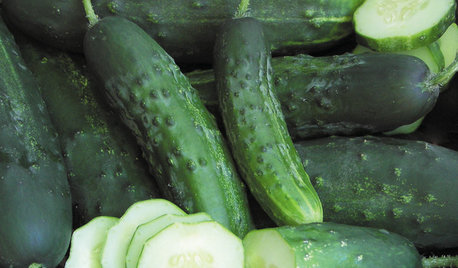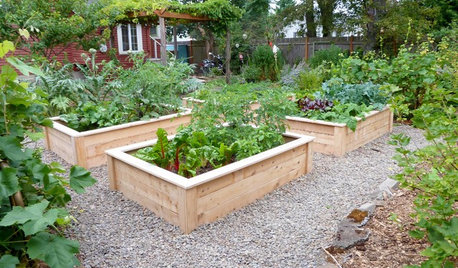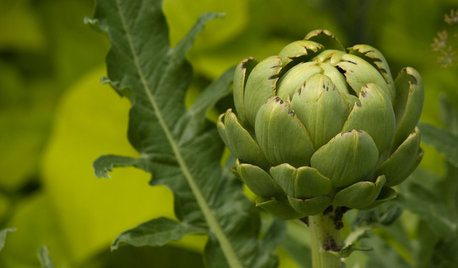do you start cucumbers and squash inside, or direct seed?
michelelc
11 years ago
Featured Answer
Comments (25)
rjs55555
11 years agotcstoehr
11 years agoRelated Professionals
Camas Landscape Architects & Landscape Designers · Simi Valley Landscape Architects & Landscape Designers · Forest City Landscape Architects & Landscape Designers · Goodyear Landscape Contractors · Bergenfield Landscape Contractors · Berkeley Heights Landscape Contractors · Braintree Landscape Contractors · Deer Park Landscape Contractors · Downey Landscape Contractors · Elmhurst Landscape Contractors · Mesa Landscape Contractors · Newberg Landscape Contractors · Ridgewood Landscape Contractors · Goldenrod Landscape Contractors · Sun Valley Landscape Contractorshp_MA6b
11 years agojrslick (North Central Kansas, Zone 5B)
11 years agosnowgardener
11 years agochas045
11 years agomacky77
11 years agosusan2010
11 years agoltilton
11 years agoEdymnion
11 years agoemgardener
11 years agoltilton
11 years agorayinpenn
11 years agomichelelc
11 years agoSusan Levy
9 years agoseysonn
9 years agogalinas
9 years agoCreek-side
9 years agozeedman Zone 5 Wisconsin
9 years agoHappy Hill Farm
9 years agogalinas
9 years agoSusan Levy
8 years agovgkg Z-7 Va
8 years agoPeter (6b SE NY)
8 years ago
Related Stories

GARDENING GUIDESSeeds or Seedlings? How to Get Your Garden Started
Growing delicious herbs and vegetables starts with knowing your goals and when you want to plant
Full Story
SUMMER FRUITS AND VEGETABLESSummer Crops: How to Grow Cucumbers
Pick a peck for pickles or opt for fewer and raw — no matter how you slice them, cucumbers are great for summer gardens small to large
Full Story
EDIBLE GARDENSSummer Crops: How to Grow Squash
Almost foolproof and with cheerful flowers, squash comes in a wide range of varieties to plant in spring
Full Story
FARM YOUR YARD6 Things to Know Before You Start Growing Your Own Food
It takes time and practice, but growing edibles in the suburbs or city is possible with smart prep and patience
Full Story
GARDENING GUIDES12 Tips to Help You Start an Edible Garden
Get on your way to growing your own vegetables with a raised bed or a few containers on the patio
Full Story
HOUSEPLANTSHow to Grow Orchids Indoors
Orchids are the exotic aristocrats of the flower world and can make themselves comfortable in almost any home
Full Story
GARDENING GUIDES10 Tips to Start a Garden — Can-Do Ideas for Beginners
Green up your landscape even if you're short on time, money and knowledge, with these manageable steps for first-time gardeners
Full Story
GARDENING GUIDESYour Garden Is Stirring — Here’s What to Do in February
February is a good time to start seeds, shape up shrubs and watch for the earliest blooms. Here’s what to do in your part of the U.S. now
Full Story
HOUZZ TVHouzz TV: How to Make and Plant a Veggie Box
See how to start edibles from seed, then transfer the seedlings to a box on stilts to make harvesting more fun
Full Story
GARDENING GUIDESPacific Northwest Gardener: What to Do in July
Deadheading spent flowers, keeping up with watering and starting seeds indoors are the biggest gardening tasks for July
Full Story0
More Discussions








Zeak Rice